I tested Bollinger Bands Trading Strategy 100 TIMES
Can the Bollinger Bands Strategy Indicator Be Profitable for Stock and Forex Trading?
Does the Bollinger Bands trading strategy even work? Are online trading gurus telling you false information? I have wasted years testing every trading strategy out there before I found the right one that worked! I’ve created this channel to expose every strategy and show their real probabilities so you don’t have to waste your precious time like I did! I’m not here to sell any kind of online course; I’m just here to help you in your stock trading and Forex trading career. If you find this video helpful, consider subscribing to support the channel! In this video, I will back-test a very famous trading strategy called the Bollinger Bands strategy 100 times. Yes, you heard it right. Testing 100 times takes time and will most likely prove if you should risk your hard-earned money using this strategy!
For those who are new to trading, this is what the Bollinger Bands indicator looks like. By default, Bollinger Bands will come with a moving average in the middle and two bands around it, called the upper band and the lower band. In simple words, this is what Bollinger Bands mean. If you plot this indicator on a trading chart, the middle line will indicate the average price of the stock, and the price will most likely stay inside the Bollinger Bands.
The strategy to take trades using this indicator is really simple. If the price crosses the upper Bollinger Band, the market is considered overextended, and we should look to sell since the price can move towards the average line.
So, the question is: If you enter trades using the Bollinger Bands indicator, will you become a profitable trader?
In the next few minutes, I will show you how the profit graph looks after taking 100 trades, how much is the real winning percentage of the Bollinger Bands strategy, and how many losers you can expect in a row. I will fast forward the next clip to save your time. The following clip can help you understand how this strategy looks in different market conditions, so do watch carefully.
For back-testing, I have used the Euro/JPY chart. This strategy works on any time frame and also works on both Forex and stock markets. Here, I’m using a 30-minute time frame and taking sell setups in this example. The strategy for sell setups is very similar to buy setups. A sell setup is just the opposite of a buy setup. You can see how the win rate and profit graph change as I take more trades. The real win rate will be revealed when we reach 100 trades or more. There are different ways to set profit targets. Here in this example, the profit target was set 1.5 times more than the risk I was taking. You should always take a profit greater than the risk you are willing to take!
As you can see on the left, for back-testing, I’m using $10,000 as my starting balance. Also, I’m only risking 1 percent of my account balance on a single trade. You should only risk 1 to 2 percent of your account on a single trade. Otherwise, it will be difficult to handle losing trades that will come in a row. Money management is the key to success in this business! In this example, when I lose, I only lose $100. But when I win, I win $150. So, even if I lose one and win one, I will still make money. Some strategies work only on intraday time frames, and some work better on daily time frames. This strategy, however, works on all time frames.
It took me around 1 hour to back-test 100 trades, and while testing, some trades almost came close to hitting the stop loss before going back and hitting profit targets. Don’t panic when the market is very close to hitting your stop loss. Losing is part of trading. The whole point of making this video was to show you the number of losers you can have in a strategy. No strategy works 100 percent of the time. Even professional traders use strategies that only work 60 to 65 percent of the time. As I always say, the key to making money is money management and trading psychology! Master that, and you can become a professional.
That’s all. Now you know the win rate of the Bollinger Bands strategy. Remember, I took trades based on Bollinger Bands and a 200-period moving average. If you use a different setup, your win rate may be different than this.
If you want me to test any other trading strategy 100 times, subscribe to the channel.
And remember to ring that notification bell as well, so you don’t miss any new videos. Thanks for watching.

